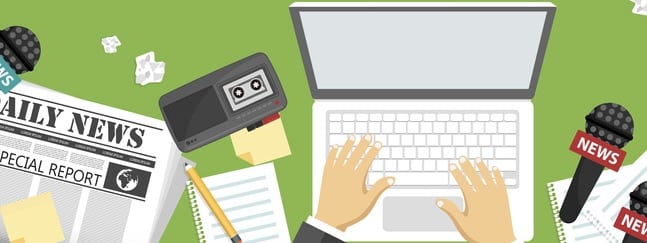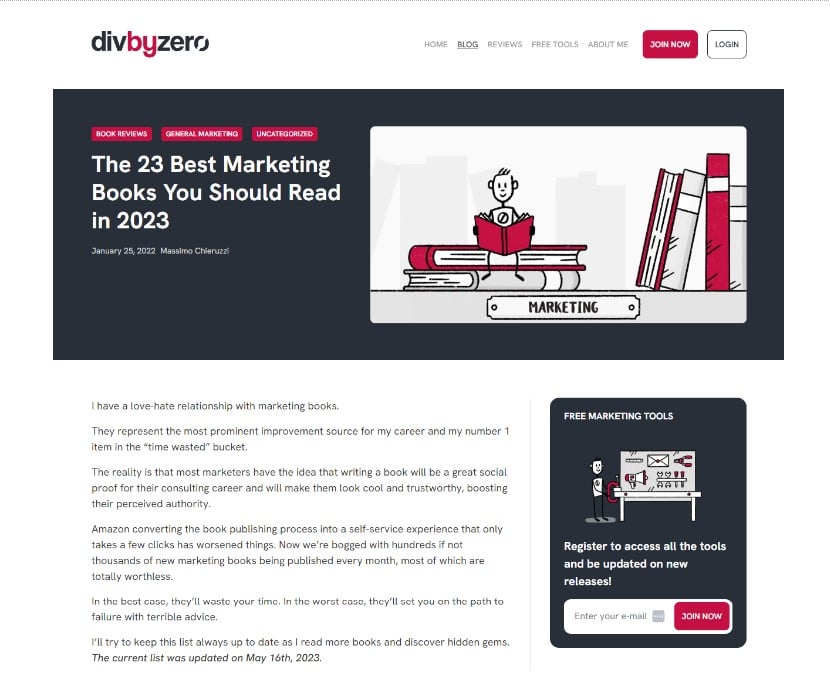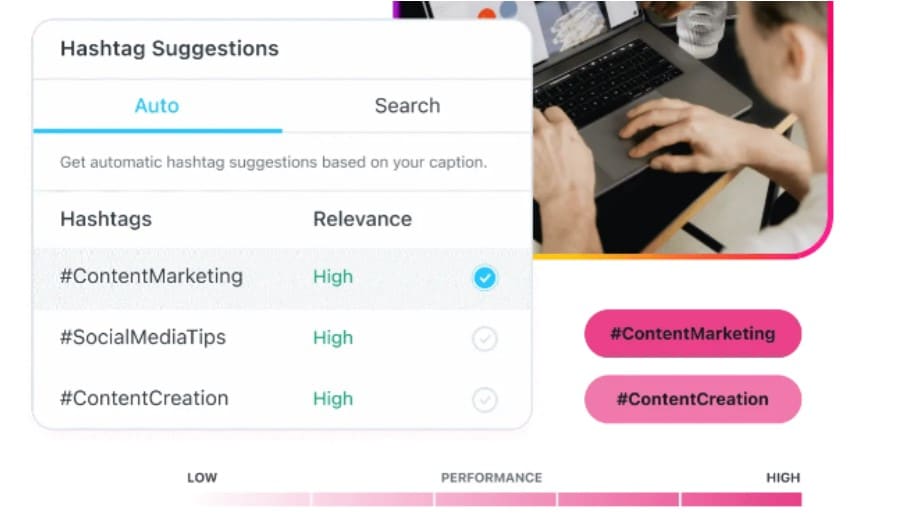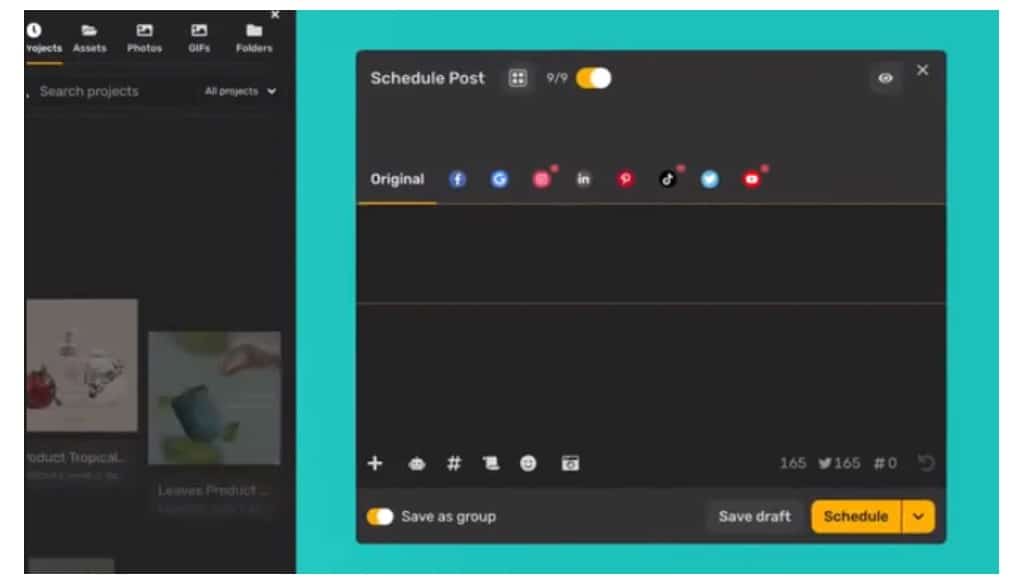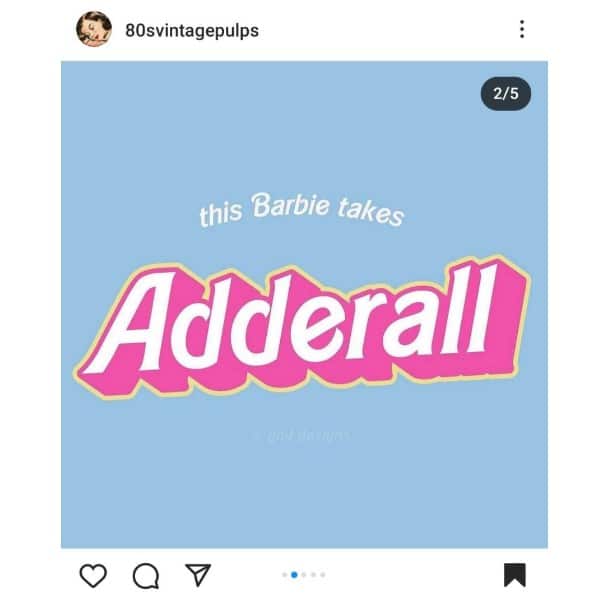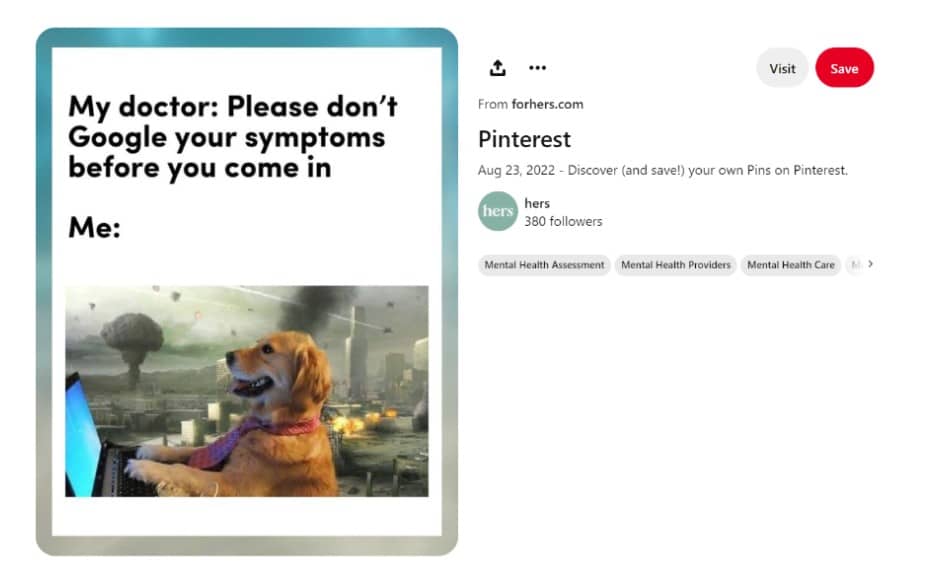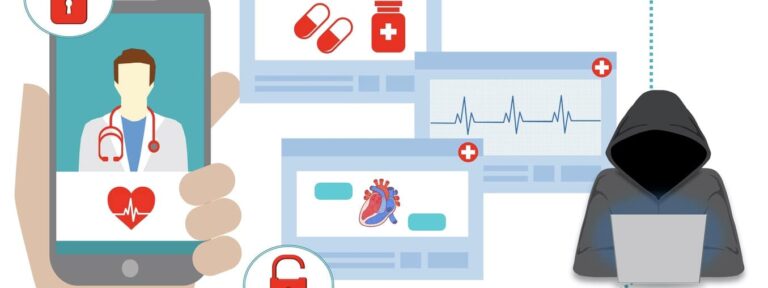When it comes to building successful PR campaigns, choosing which media channels to focus on plays a critical role.
In today’s digital era, traditional media channels are no longer the sole players. The rise of digital media and social platforms has opened up new avenues for effective communication and audience engagement.
The takeaway? Understanding the pros and cons of these different media channels is essential to creating successful PR campaigns.
In this article, we’re taking a closer look at the benefits and challenges of using different types of media channels. We’re also showcasing a real brand and how diversifying its PR approach can uplevel its online visibility.
Let’s get started.
Traditional media channels
-
Pros
1. Wider reach
With connections to traditional media channels, such as TV, radio, and print publications, your campaign may benefit from reaching a wider audience.
2. Credibility
Plain and simple: Your audience may perceive traditional media channels as more trustworthy and reliable than other channels you might use.
3. Tangibility
Physical formats, such as newspaper clippings or magazine features, can provide your ideal customer with a tangible and lasting presence.
Keep in mind that this benefit may not ring true if you’re marketing to a young audience, such as Gen Z. Boomers, on the other hand, may still value tangible promotional formats.
-
Cons
1. Limited targeting
Traditional media channels may have a broader reach but lack the ability to target specific demographics. This can wreak havoc on your campaign’s success if you need to hone in on a niche market.
2. Slow response time
Traditional media channels may have longer lead times and slower responses compared to digital platforms. This can make them unreliable if you need to plan a quick launch or if you want to encourage campaign virality.
3. Expensive
Advertising or securing placements on traditional media channels isn’t cheap. If you don’t have the budget to pay high costs, traditional media channels may not be an option for your PR campaigns.
Digital media channels
-
Pros
1. Targeted reach
Digital media channels allow for precise audience targeting based on demographics, interests, and behavior. This makes them a great asset when you need to set up inbound marketing strategies.
2. Real-time interaction
With digital channels, you can engage with your audience in real time through comments, likes, and shares. You can also initiate conversations via email, human-assisted bots, or retargeting campaigns.
3. Cost-effective
The potential for cost savings compared to traditional media channels is especially beneficial if you’re representing small businesses or startups.
For instance, if you need to create a PR campaign advertising a series of books for marketing professionals, you could use free or inexpensive inbound digital marketing strategies, such as:
- Content marketing
- Search engine optimization strategies
- Affiliate marketing
- Link-building strategies
These are all cost-effective because they’re organic methods of attracting and generating leads. Affiliate marketing is also an inexpensive tactic—the business is only required to pay affiliates if and when they bring in a paying customer.
Pro tip: If you’re using SEO tactics, consider using a rank tracker like AccuRanker to keep an eye on your rank positioning in the SERPs. You can also use AccuRanker to analyze your competitors’ content so you can course-correct as needed.
-
Cons
1. Information overload
As brands compete to grab their own slice of the online market share, there’s a lot of noise out there. Capturing and retaining your audience’s attention in today’s saturated digital landscape requires strategy and skill.
2. Lack of credibility
False news and misinformation can undermine the credibility of digital media. Maintaining ethical practices, such as linking to expert sources and integrating social proof, is critical to building trust with your audience.
3. Constant adaptation
Staying on top of the ever-evolving digital landscape and algorithms is an exhausting task.
To remain relevant, it’s essential to continuously carve out time to educate yourself on changes and updates. Hint: AI advancements have been making this even more pivotal.
Social media channels (with extra campaign tips)
-
Pros
1. High engagement
The potential for increased engagement and word-of-mouth sharing on social media platforms makes them an invaluable asset when planning PR campaigns. Bite-sized video content and high-value assets can help you make the most of social media marketing. (But don’t forget about creating lead-generation content, too. More on this in a bit.)
2. User-generated content
Social media is one of the greatest tools you can use to collect and leverage user-generated content (UGC). This is key to building brand authenticity and advocacy.
3. Rapid dissemination
With a treasure trove of social proof and hyper-personalized campaigns, your content can quickly go viral on social media platforms. These platforms offer a unique opportunity to engage with audiences through compelling visuals and storytelling. However, certain crucial factors should be considered when using social media promotion for your PR campaigns.
Let’s dig a little bit deeper here before exploring the cons of social media channels.
First and foremost, keep a watchful eye on trends and insights. Social media is ever-evolving, and staying up-to-date with current trends can help your PR campaigns remain relevant. Use analytics tools to monitor content performance and adjust your strategy accordingly.
Another key aspect is authenticity. Audiences on social media appreciate genuine, relatable content. Avoid overly promotional language and focus on delivering value to your audience. Share authentic stories and user-generated content to foster a sense of community.
Moreover, the caption accompanying your visuals is pivotal. It serves as the bridge between your content and your audience. A well-crafted caption should be concise yet informative, effectively conveying your PR campaign’s core message.
Maintaining a consistent brand tone in your captions and using relevant hashtags and keywords to boost discoverability is important. To simplify this process, consider using an Instagram caption generator. These tools can assist in generating engaging captions and hashtags, saving you time and effort in the content creation process. After the tool generates a caption for you, simply edit the generated text to fit your brand’s style and tone.
To add more automation to your social media operations, use a social media scheduler to queue up your posts well in advance. A scheduler can also help you keep track of all the images, graphics, and videos you’ve used across your social media accounts so you can repurpose them in other PR campaigns.
Pro tip: If you’re swimming in digital assets, consider using a DAM (Digital Asset Management software) like Pics.io to house and organize your files.
With that said, let’s quickly review a few cons of using social media channels.
-
Cons
1. Platform limitations
Every social media platform has its own limitations, algorithms, and user demographics you’ll need to consider when planning your campaigns. These change often and can completely refocus their approaches to featuring content.
2. Negative publicity
Negative feedback can cause reputational damage that can spread rapidly on social media. Cancel culture poses an even greater risk.
To avoid this, work with the brands you promote to establish a benchmark of ethics and values. Maintain these ethics and values vigorously when planning and publishing campaigns.
If something goes awry, act quickly and with integrity to solve the problem. Address your audience’s concerns, express the brand’s sincere regrets, and outline a solution. Most importantly, make sure to follow through on the solution you voiced so the brand you represent can start the process of rebuilding trust with its audience.
3. Time-consuming
The amount of time and effort required to manage and curate content across multiple social media platforms is all-consuming. It’s a lot of work for potentially little to no return.
However, if you use social media networks to your advantage, they can be great opportunities for lead generation—think gated content downloads and list building strategies.
The final verdict: Should PR reps use a variety of media channels in their campaigns?
The short answer is yes.
The long answer?
Let’s take a look at a real brand you might represent as a PR rep, and how a diversified approach can uplevel its visibility.
Take the brand Hers, for example.
Using a variety of media channels in PR campaigns, especially for a company like Hers, can yield a multitude of advantages, including …
1. Diverse audience reach
Leveraging different media channels allows Hers to access a diverse and widespread audience.
From traditional print media to online platforms and social media, each channel offers unique demographics, ensuring that the brand’s message reaches a broad spectrum of potential customers.
2. Enhanced credibility
Appearances in various media outlets, whether through articles, interviews, or advertisements, can significantly boost Hers’ credibility.
Being featured in well-established publications or on respected television programs can boost authority and facilitate customer trust in the brand.
3. Multi-faceted storytelling
Different media channels provide varied opportunities for storytelling.
Hers can share its brand narrative in various formats, from written articles and press releases to visually engaging videos and infographics, ensuring that the message resonates effectively with different audience preferences.
4. Effective targeting
By using a mix of media channels, Hers can precisely target specific audience segments. For instance, it can reach a more mature demographic through traditional media while engaging with a younger, tech-savvy audience on social media platforms. This targeted approach maximizes the impact of PR efforts.
5. Applying creativity
Social media is full of creative content, memes, comics, and eye-catching images. This content can be used by brands to help with promoting their products. For example, Hers can easily share a creative poster about Adderall or its acne medication options in its Instagram stories and integrate it with a popular current event, like the new Barbie movie.
It can also use humor to create funny and relevant memes:
Taking this multi-pronged approach can help Hers and other product-focused businesses attract relevant audiences and initiate lead conversions.
In the end, the mix of channels you should use depends on your specific campaign goals and target audience.
And that brings us to …
Wrap up
When it comes to PR campaigns, using diverse media channels can often help you make the most of your communication and engagement efforts.
But to truly know which approaches to use, it’s crucial to envision your end goal.
For good measure, here’s a quick recap of the pros and cons of each media channel we discussed today:
- Traditional media channels like TV, radio, and print publications offer a wider reach, credibility, and tangibility. However, they may have limited targeting, slow response times, and higher costs.
- Digital media channels provide targeted reach, real-time interaction, and cost-effectiveness. But they come with challenges, such as information overload, credibility concerns, and the need for constant adaptation.
- Social media channels excel in high engagement, user-generated content, and rapid dissemination. However, they have platform limitations, can pose negative publicity, and can be time-consuming to manage.
Understanding your target audience, campaign objectives, and budget is crucial when selecting media channels. A one-size-fits-all approach won’t yield optimal results.
Instead, consider an integrated approach that combines media channels tailored to your audience’s core needs.
By carefully considering the pros and cons of each media channel, keeping your audience and goals in mind, and staying agile in your strategies, you’ll be well-equipped to create successful PR campaigns that resonate with your target audience.
Here’s to your success!

